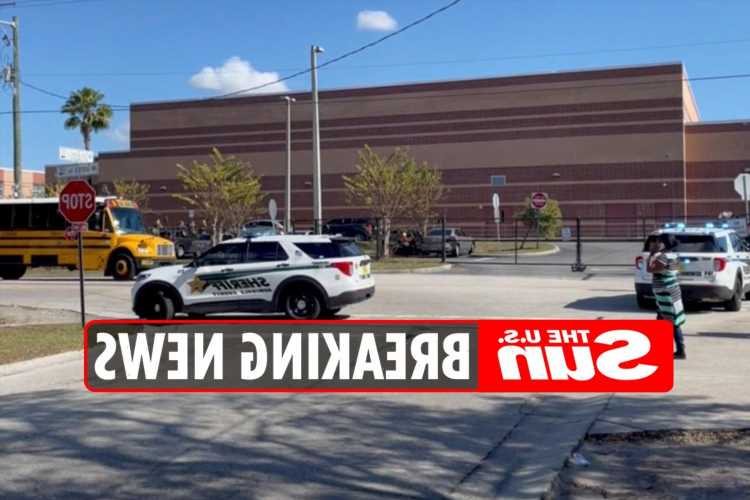After a tumultuous couple of years, Victoria has started the new year as the most pessimistic jurisdiction in the nation, with just 24 per cent of Victorians believing the state’s outlook would improve compared to 30 per cent thinking it would worsen.
And since Omicron ripped through the state to again derail hope that life might be returning to normal, perceptions about how Premier Daniel Andrews has managed the pandemic have slumped 11 percentage points.
Premier Daniel Andrews. Credit:Justin McManus
You might think the grim mood gripping the state would be bad news for Andrews about 10 months out from an election.
Yet the state Labor government has rarely been more popular at any time since the last election.
As the latest Resolve Political Monitor shows, its primary vote has lifted to the highest level since Resolve started tracking state politics in May last year, while the Opposition has sunk to a low ebb.
While Andrews remains a divisive figure, he leads Opposition Leader Matthew Guy as preferred premier by 17 points, up from a 13-point lead late last year. One in five Coalition voters even nominated Andrews as preferred premier to Guy.
State Opposition Leader Matthew Guy.Credit:Simon Schluter
Given the pandemic has been the defining feature of Australian politics over the past couple of years, how to explain the strong result for Labor?
First, as Resolve director Jim Reed points out, voters have tended to rally behind state incumbents during outbreaks.
The latest Omicron wave is no exception. The virus has once again deprived the state opposition of political oxygen, while giving Andrews the opportunity to appear muscular and in control.
However, the advantages of incumbency could be waning.
The rate at which the Omicron wave as spread throughout the state, a sense that the state government has now adopted a “let it rip” approach and its refusal to provide businesses with significant support have clearly dented perceptions about the government’s ability to manage the disease.
A rising death toll, warnings our hospitals could soon become swamped and the announcement of a “code brown” as the health system buckles have added to the sense of crisis gripping the state.
Even so, 46 per cent of Victorian voters still believe Andrews has managed the pandemic well. This translates to a significant number of voters.
It is also a solid result compared with other leaders. Barely one-third of voters, for example, believe Scott Morrison has managed the virus well, while just 31 per cent of NSW voters said Premier Dominic Perrottet had handled the outbreak well.
This brings us to the second point: the strong result for Labor could also reflect a “federal brand effect”. As The Age and Sydney Morning Herald’s chief political correspondent David Crowe put it this week, Morrison needed a summer of love, but instead got a summer of loathing.
The extent to which public anger in Victoria over Morrison’s performance nationally might have undermined the state opposition’s ability to gain traction is purely speculative.
On the upside for the opposition, by the time state election rolls around, the federal election will be a distant memory. And with a little luck, so too will Omicron.
The Morning Edition newsletter is our guide to the day’s most important and interesting stories, analysis and insights. Sign up here.
Most Viewed in Politics
From our partners
Source: Read Full Article




